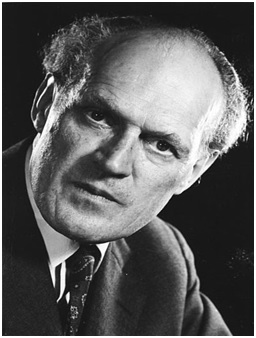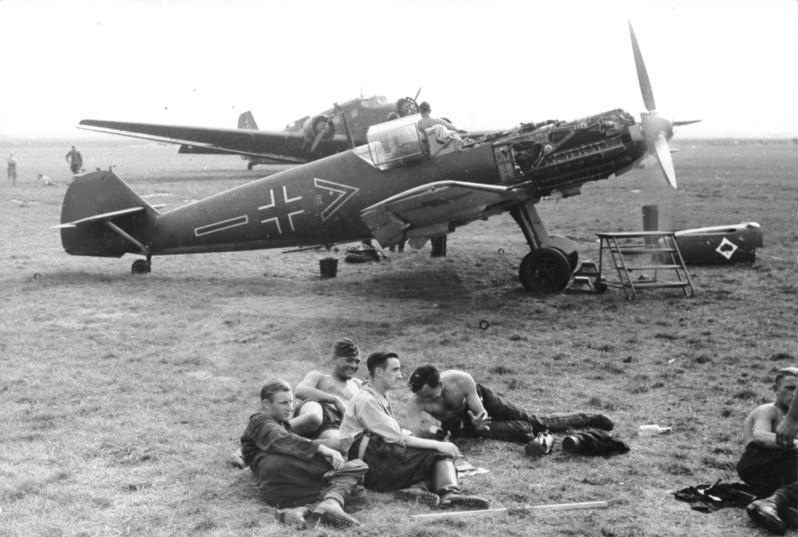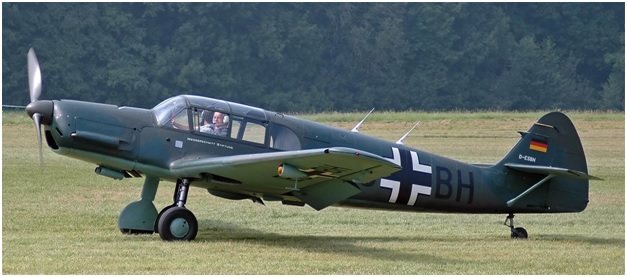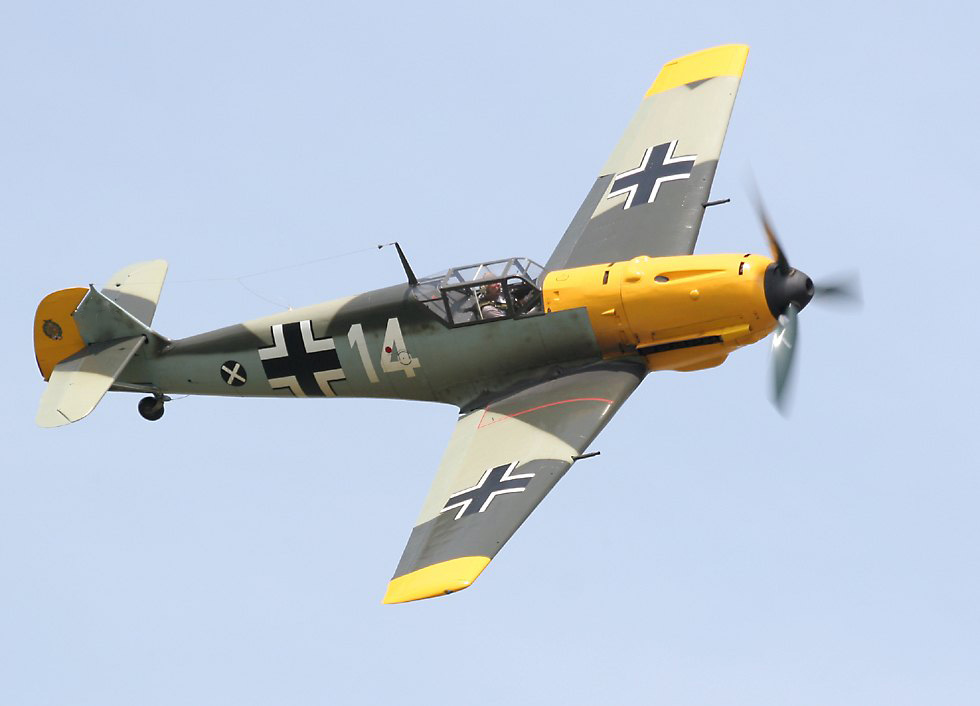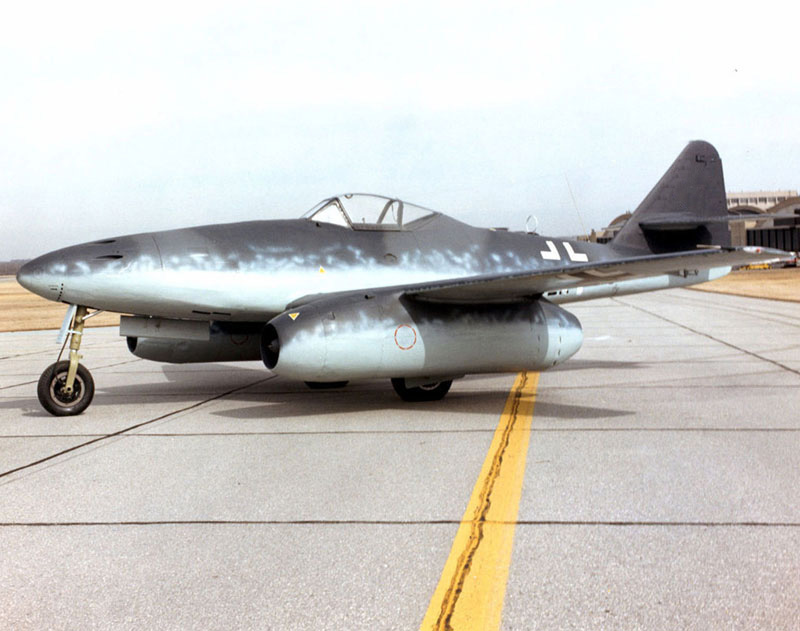
- For PC
- For MAC
- For Linux
- OS: Windows 10 (64 bit)
- Processor: Dual-Core 2.2 GHz
- Memory: 4GB
- Video Card: DirectX 11 level video card: AMD Radeon 77XX / NVIDIA GeForce GTX 660. The minimum supported resolution for the game is 720p.
- Network: Broadband Internet connection
- Hard Drive: 23.1 GB (Minimal client)
- OS: Windows 10/11 (64 bit)
- Processor: Intel Core i5 or Ryzen 5 3600 and better
- Memory: 16 GB and more
- Video Card: DirectX 11 level video card or higher and drivers: Nvidia GeForce 1060 and higher, Radeon RX 570 and higher
- Network: Broadband Internet connection
- Hard Drive: 75.9 GB (Full client)
- OS: Mac OS Big Sur 11.0 or newer
- Processor: Core i5, minimum 2.2GHz (Intel Xeon is not supported)
- Memory: 6 GB
- Video Card: Intel Iris Pro 5200 (Mac), or analog from AMD/Nvidia for Mac. Minimum supported resolution for the game is 720p with Metal support.
- Network: Broadband Internet connection
- Hard Drive: 22.1 GB (Minimal client)
- OS: Mac OS Big Sur 11.0 or newer
- Processor: Core i7 (Intel Xeon is not supported)
- Memory: 8 GB
- Video Card: Radeon Vega II or higher with Metal support.
- Network: Broadband Internet connection
- Hard Drive: 62.2 GB (Full client)
- OS: Most modern 64bit Linux distributions
- Processor: Dual-Core 2.4 GHz
- Memory: 4 GB
- Video Card: NVIDIA 660 with latest proprietary drivers (not older than 6 months) / similar AMD with latest proprietary drivers (not older than 6 months; the minimum supported resolution for the game is 720p) with Vulkan support.
- Network: Broadband Internet connection
- Hard Drive: 22.1 GB (Minimal client)
- OS: Ubuntu 20.04 64bit
- Processor: Intel Core i7
- Memory: 16 GB
- Video Card: NVIDIA 1060 with latest proprietary drivers (not older than 6 months) / similar AMD (Radeon RX 570) with latest proprietary drivers (not older than 6 months) with Vulkan support.
- Network: Broadband Internet connection
- Hard Drive: 62.2 GB (Full client)
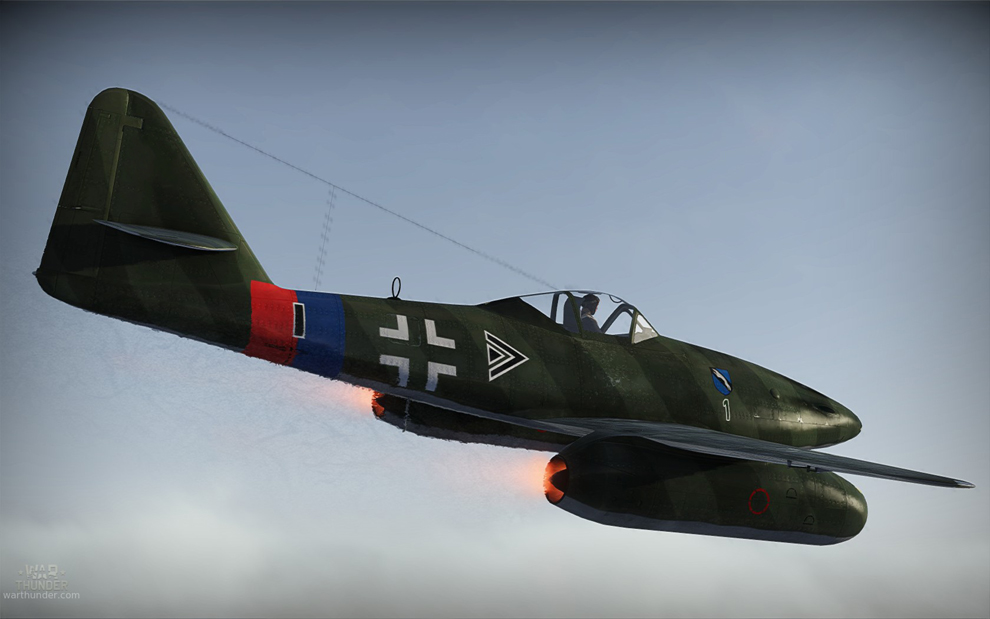
Messerschmitt Me-262 A-1a "Schwalbe" as flown over Germany in 1945. An ace of 39 confirmed victories, its pilot was the Gruppenkommandeur of III./JG 7 "Nowotny". posted by NOA_
|
‘Willy’ Messerschmitt 60 years of age |
Wilhelm Emil “Willy” Messerschmitt was born in Frankfurt on the 26th of June, 1898. From an early age, specifically after he saw one of the great Zeppelins flying overhead, he became fascinated with aviation. As a boy growing up, he spent most of his time building model airplanes. In his teen years, he became very close friends with German sailplane pioneer Friedrich Harth.
The two of them would later go on to serve in the First World War, and after its end, they both studied at the Munich Technical College, with Harth graduating first, and getting a job at Bayerische Flugzeugwerke (BFW - Bavarian Aircraft Works). Harth and Messerschmitt together designed the S8 glider which Harth kept airborne for 21 minutes in 1921, a world record for glider flight at the time.
In 1923, Messerschmitt and Harth decided it would be best to part ways, and Messerschmitt founded his own plane manufacturing company in the city of Augsburg. His company experienced a very rocky start. Eventually, it was merged with Bayerische Flugzeugwerke, with Messerschmitt going on to design the M17 and M18 motor-glider planes, which were fairly successful in their respective fields. However, the M20 light transport plane was a complete disaster. The project ended with two crashed M20’s in the hands of pilots from Deutsche Luft Hansa, as the airplanes were not up to par. This incident also caused the death of a very close friend of Erhard Milch, the head of Lufthansa at the time, resulting in him becoming Messerschmitt’s greatest enemy.
|
JG 53 Bf 109 E-3, c. 1939/1940 |
However, this did not stop Messerschmitt from becoming successful. He had acquired friends in high places, such as Rudolf Hess and Hermann Göring, effectively cutting off Milch’s influence over him. It was with the beginning of the German rearmament in 1933 that BFW went into real business again. Collaborating with Robert Lusser, Messerschmitt designed the flagship product of the relaunched company, a low-wing sports monoplane called the Messerschmitt M37, but better known by its later designation of Me Bf108 Taifun, the Bf coming from Bayerische Flugzeugwerke. The Me which was derived from Messerschmitt’s name only came to use after 1938, when Messerschmitt’s own company was established. This airplane would serve as the basis for the War Machine of the Luftwaffe, the Bf109.
|
The Bf 108 B-1 Taifun |
The Messerschmitt Bf 109 was designed on the principle that later defined muscle cars: small frame, enormous power plant. The first prototype was powered by a Junkers Jumo 210A engine, which had 610HP, when it made its debut in 1935. This early model had three machine guns in its nose, however one of them was quickly replaced for a 20mm cannon. A few of these models were sent to Spain during the Spanish civil war, after the German Condor Legion realised that their Heinkel He 51’s were inferior to both Italian-made fighters and the Soviet Polikarpov I-16’s. These proved to be very effective, and were soon upgraded even further with knowledge gained on the battlefield. This soon resulted in the war-defining plane, the Bf 109 B-1.
The Bf109 was originally meant to be a fighter / interceptor, however it filled many roles, including fighter bomber, reconnaissance aircraft, ground attack aircraft, and all-weather fighter. The plane featured many similarities to the Bf108, and one could say that it was simply a Taifun turned fighter. The operational 1936 model’s goals was to fit as powerful an engine as possible into as small a body as possible, thus giving it both power and handling. This was achieved by putting in the aforementioned Rolls-Royce Kestrel engine into the all-metal airframe, one of the few which actually had the strength to support such an engine. The plane was the most produced aircraft in history, with a whopping 34.000 planes being churned out from the German factories. This plane was not at all a technological marvel, as it featured components which were quite common at the time. However, it was due to Messerschmitt’s and his companies’ genius which allowed them to use those components to their fullest extent. This influenced the Luftwaffe to adopt the Bf 109 as the backbone of their air force.
|
The Bf 109 E-4 |
Messerschmitt also created the Bf 110, a heavy all-purpose fighter. Later on he also completed one of his projects which was started before the war, the Me 210, which was designed to replace the Bf 110. This project went completely wrong, and the plane turned out to be a disaster. Later models, the Me 210C and Me 210D proved to be superior, however they eventually decided to rename the plane to the Me 410, to avoid any possible bias that might have been associated with the failed Me 210. The Me 262, in development since the start of the war but unable to be introduced due to high-level government interference, was the world’s first operational jet fighter. Contrary to the Bf 109, which utilised common but cleverly used design techniques, the Me 262 was a technical innovation, faster, more agile and better armed than any Allied fighter, including the Gloster Meteor. This plane rose Messerschmitt’s company back up to the top-tier of plane designers.
|
The Me 262 ‘Schwalbe’ (German: Swallow) |
Following World War II, Messerschmitt faced charges for using forced slave labour in his factories. He spent two years in prison, and after he finished serving his time, he returned as the head of his company. In the 10 years following the war, as Germany was not allowed to produce aircraft, he set out to create various items: From sewing machines to automobiles. However, he later continued with his regular job and designed planes such as the Hispano HA-200 jet fighter for the Spanish Air Force and the Helwan HA-300 jet fighter for the Egyptian Air Force. Messerschmitt’s company saw two mergers, when it became MBB (Messerschmitt-Bölkow-Blohm), which he was the chairman of until his retirement in 1970. He died on the 15 September 1978 in Munich.
A future glimpse of German Aviation.
The War Thunder Team
